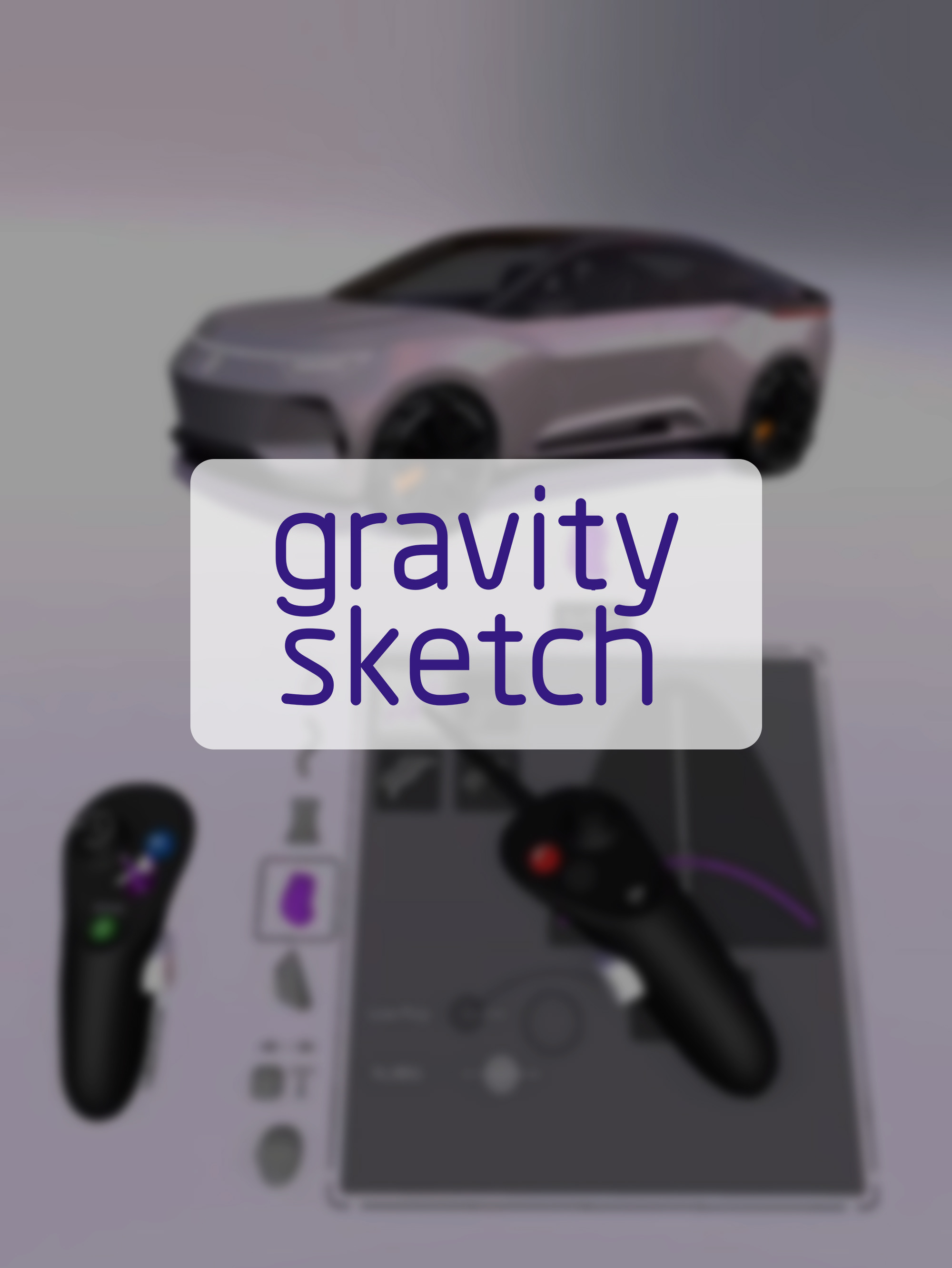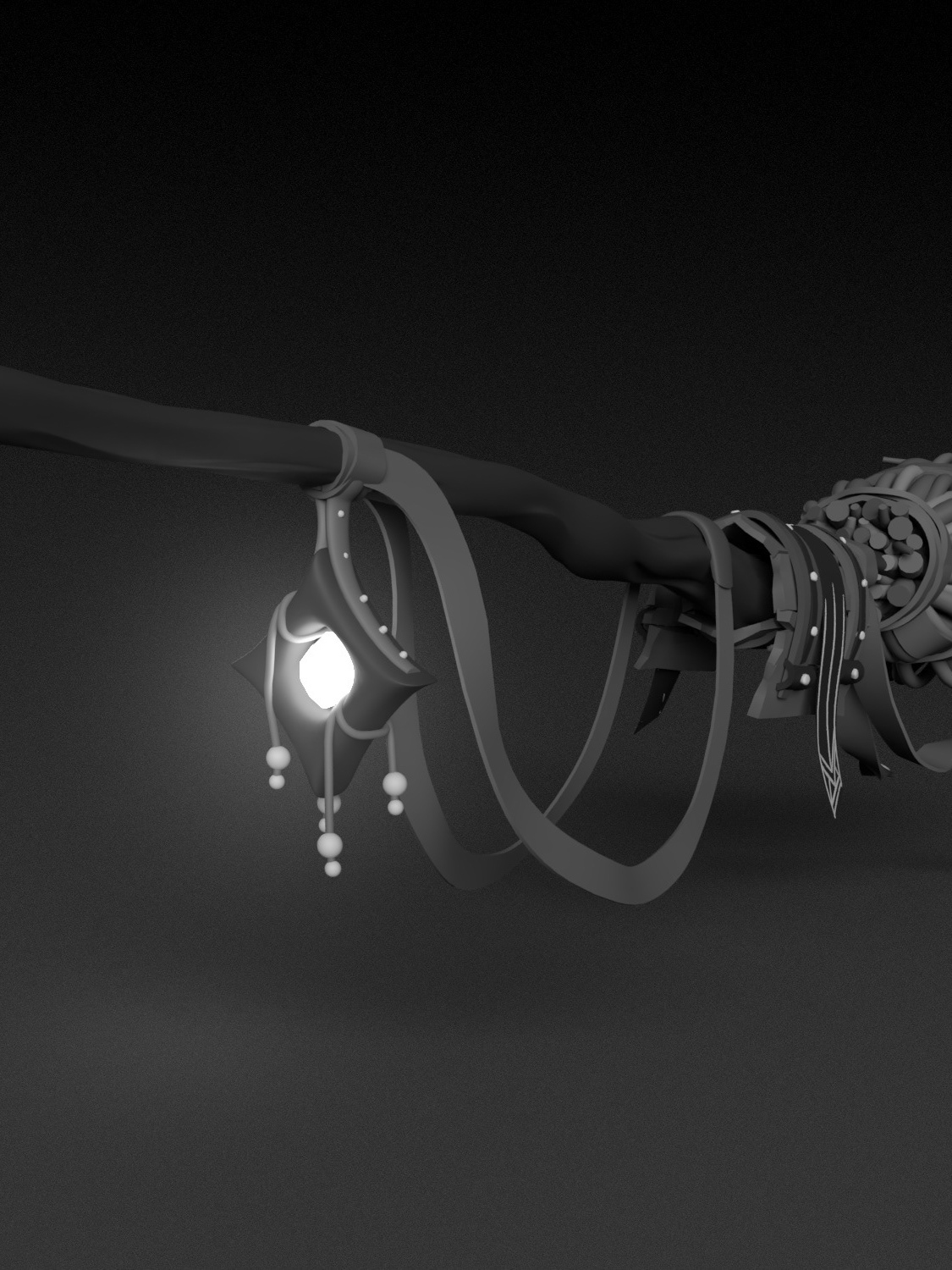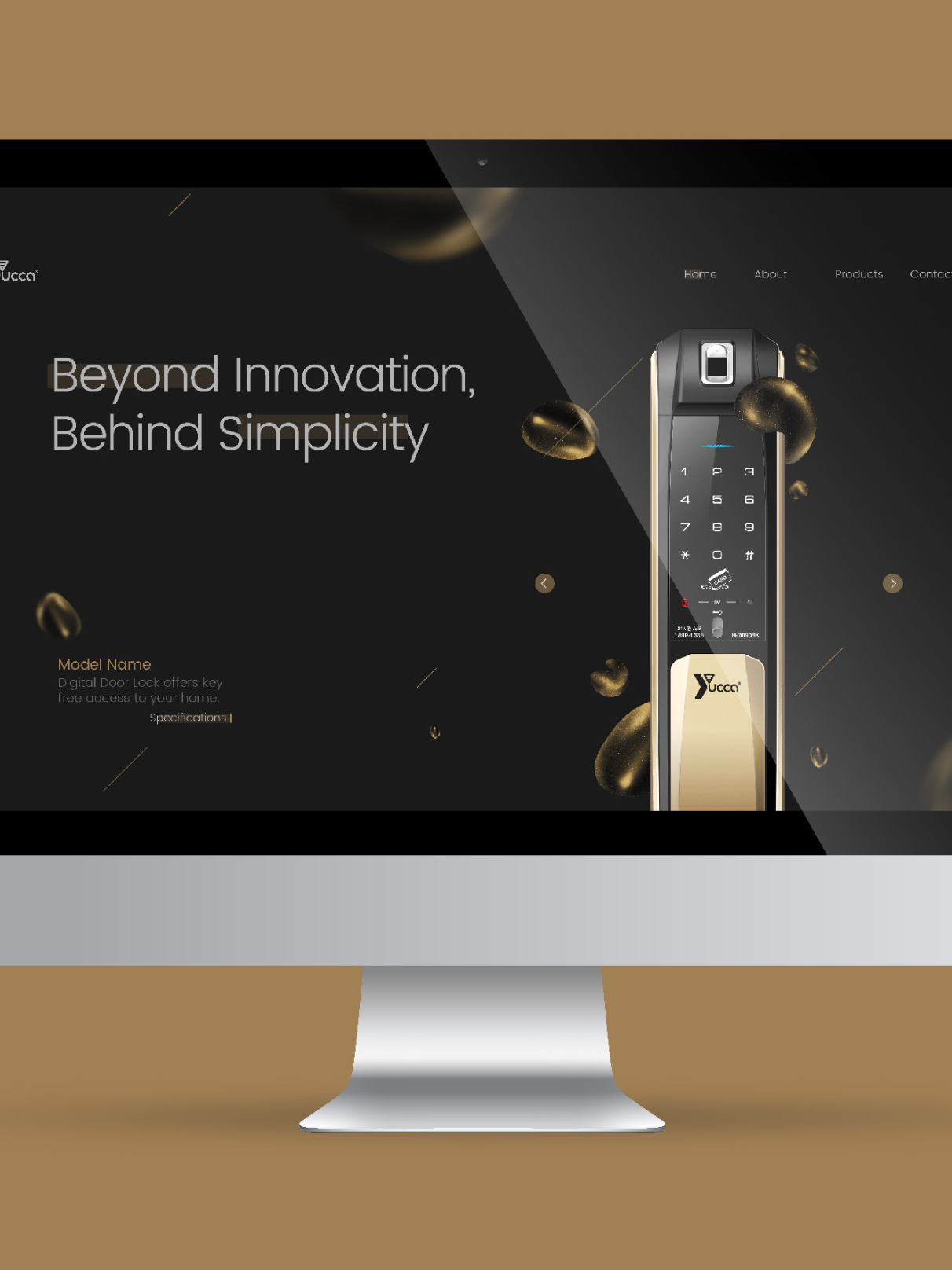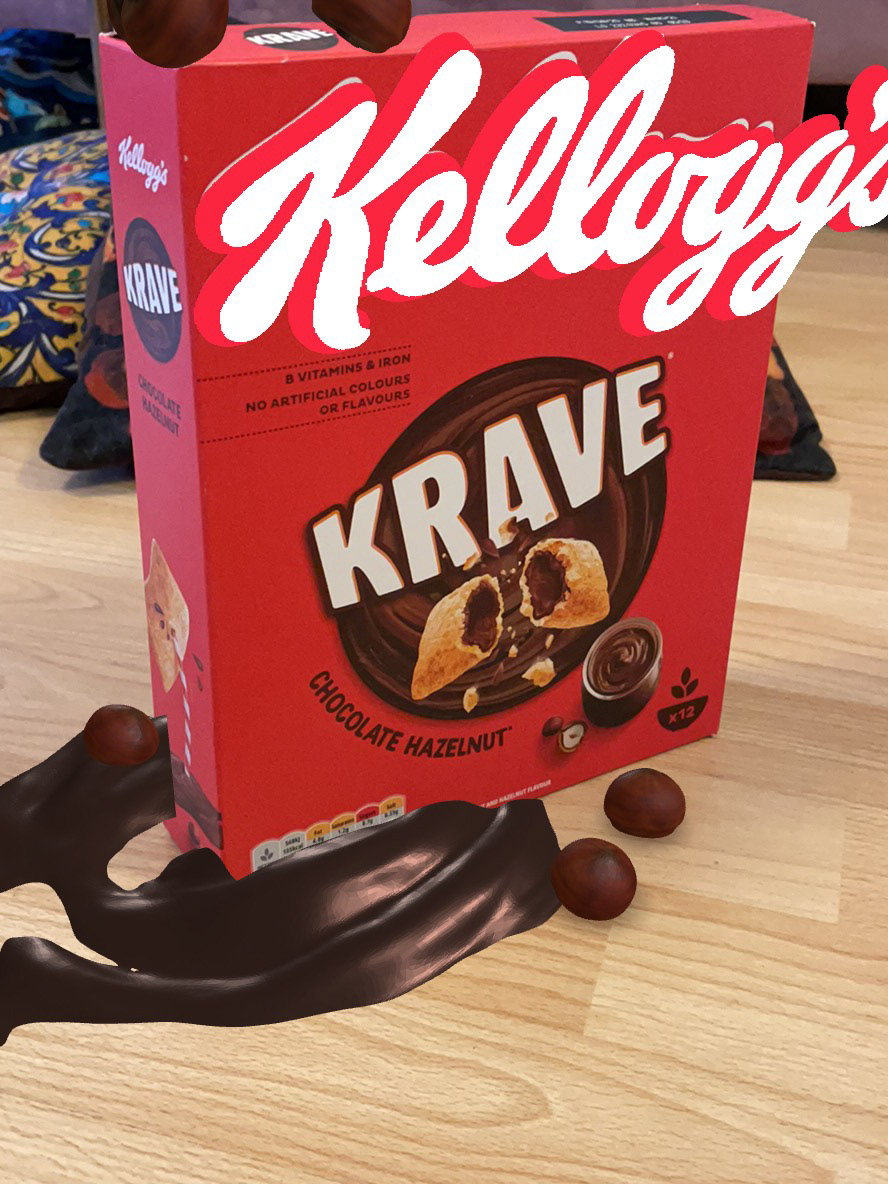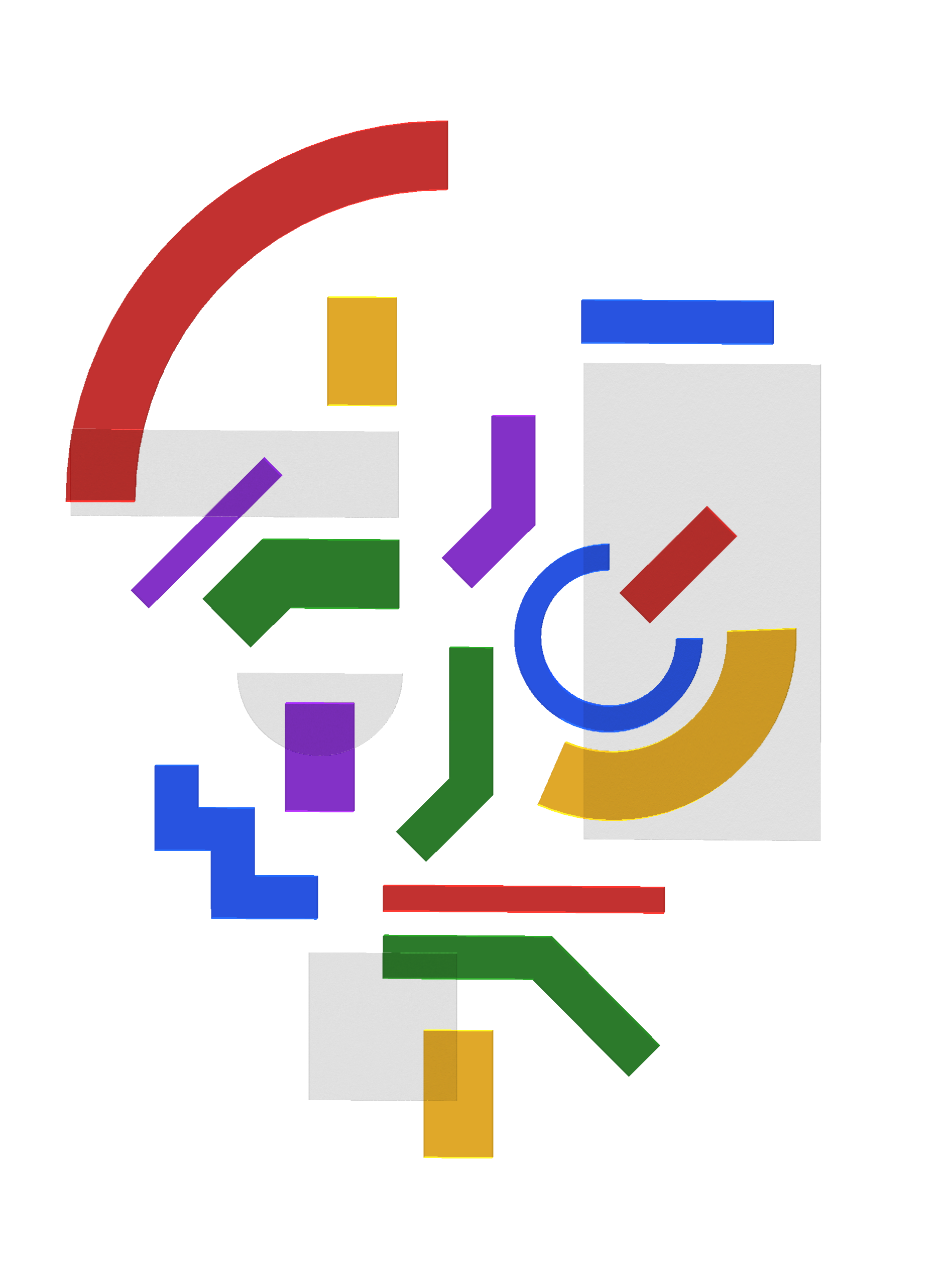Problem
As a VR enthusiast, I spend a lot of time, testing different ways to make a streamlined work process. Undoubtedly when it comes to productivity dealing with text and typing is a major player. Typing in VR is not the best experience. Trying to hit the keys on a floating keyboard, makes it hard, slow, inaccurate and tiring for medium-long typing sessions. After trying almost every possible VR keyboard on multiple platforms, games and apps I saw an opportunity to try some new ideas for a VR keyboard.
Before rushing into ideation, I wanted to make sure that's a real people problem, therefore I put together a small survey, and asked VR designers/ players about their experience with current keyboards.
The result was assured, as almost %60 of whom use VR more than a few times a week, consider their typing experience slow and inaccurate.
Opportunity
The increasing number of companies releasing VR productivity and creation apps could be seen as a massive opportunity to invest more in basic interactions like typing and improve upon them. Although there is promising progress in bringing actual physical keyboards in VR, it's not there yet and it would increase your need for hardware which is a presence breaker in my opinion.
My goal was to explore different ideas for a more accurate, easier and quicker way of typing by designing a new VR keyboard. I kept my focus on touch controllers as the main input device and left the hand tracking for another time.
Process
I started by capturing existing VR and non-VR keyboards.
There are two main methods for VR keyboards, one is ray-casting used in many apps including Oculus, which requires pointing to the keys/ letters and then pressing the triggers. The other one, called drumsticks is hitting the keys with a graphical stick, attached to your virtual hand/ controllers.
There are two main methods for VR keyboards, one is ray-casting used in many apps including Oculus, which requires pointing to the keys/ letters and then pressing the triggers. The other one, called drumsticks is hitting the keys with a graphical stick, attached to your virtual hand/ controllers.
One of the interesting ideas was coming from Xbox controllers and having the same thumb-stick as VR touch controllers. These little joysticks allow you to surf around promptly, so why not using them as a way to hover/ focus on keys. Then you would be able to press the keys either by pressing the thumb-stick down or using your index finger and trigger button.
The first iteration seemed alright, now you can hover the keys much quicker and using constant visual feedback helps you to keep track of your typing process.
It was still tiring as you needed to hold your hands up in the air and for medium to long typing sessions that could easily lead to a very bad and exhausting experience. I found myself most of the time sitting while working in VR, therefore being able to lay your hands on your desk or your lap would help to make it much more sustainable. Being inspired by the iPad split keyboard, drove me to break the VR keyboard in half.
I tried to come up with an intuitive interaction and the result was holding both left and right grab buttons and quickly spinning your wrists, as you would break a piece of wood.
It was still tiring as you needed to hold your hands up in the air and for medium to long typing sessions that could easily lead to a very bad and exhausting experience. I found myself most of the time sitting while working in VR, therefore being able to lay your hands on your desk or your lap would help to make it much more sustainable. Being inspired by the iPad split keyboard, drove me to break the VR keyboard in half.
I tried to come up with an intuitive interaction and the result was holding both left and right grab buttons and quickly spinning your wrists, as you would break a piece of wood.
Through the blocking phase ( similar to the wire-framing stage), I tried multiple layouts for the keys around the controllers but in the end, I picked a simple layout to keep the learning curve as gentle as possible and make sure that users could focus on typing rather than a crazy layout.
I used multiple VR applications during the process of this project, including Gravity Sketch for the initial quick ideation, Microsoft Maquette for the blocking phase ( as it comes with a good library of Vr headsets and controllers) and Tvori to build the animated prototype.
Results
Unfortunately, due to the lack of efficient Unity skills ( I'm learning), I couldn't build an interactive version of the prototype to test that with users and measure the difference in speed and accuracy and study the experience, yet by the received feedback from showing it around I'm quite confident that it's possibly a good start and in the right direction.
Learnings
Using VR to design for VR, helped me to ideate, test and fail fast. I wouldn't achieve this within the same time by starting from the traditional ways of working and relying on monitor based design tools.
Creating presentable animations in VR is a bit tricky due to handshakes.
Transferring 3D models and other design assets could be challenging if you're using multiple apps.
Being able to set up multiple cameras or viewports in VR is certainly helpful in terms of illustrating the concept.
There's an absolute need for an interactive prototyping tool for VR. Unity although is very powerful software, it is very troublesome to jump in and, execute a quick prototype.
Creating presentable animations in VR is a bit tricky due to handshakes.
Transferring 3D models and other design assets could be challenging if you're using multiple apps.
Being able to set up multiple cameras or viewports in VR is certainly helpful in terms of illustrating the concept.
There's an absolute need for an interactive prototyping tool for VR. Unity although is very powerful software, it is very troublesome to jump in and, execute a quick prototype.


